Japanese Calligraphy: The Beauty and Meaning Behind the Brush Strokes
Japanese calligraphy, or Shodo, transcends mere writing to become a profound art form that captures the essence of the artist's soul. Each brush stroke tells a story, blending ancient tradition with deep cultural and spiritual significance.
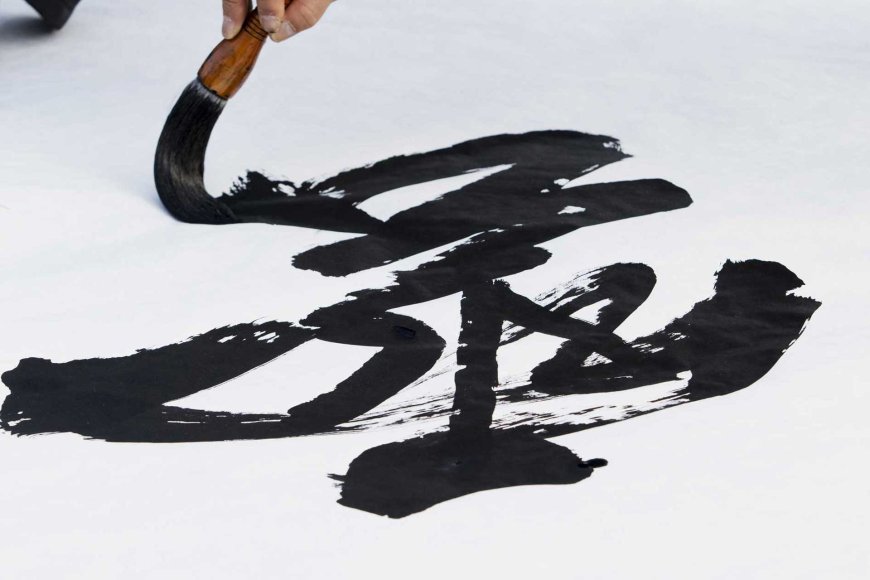
The Art of Shodo
Japanese calligraphy, known as Shodo (書道), meaning "the way of writing," is a traditional art form that emphasizes the beauty of Japanese characters through the skillful use of brush and ink. This ancient practice, which dates back to the introduction of Chinese characters to Japan in the 5th century, is not just about writing words; it's about expressing one's soul and emotions through each stroke.
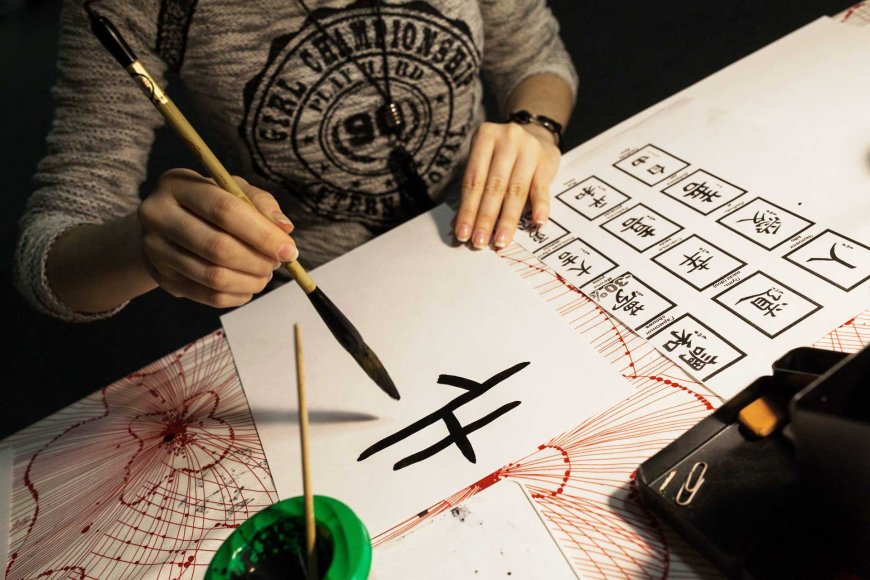
Historical Origins and Evolution
Shodo originated from Chinese calligraphy and was heavily influenced by the spread of Buddhism and Chinese culture in Japan. Initially, calligraphy was a skill reserved for the elite, particularly monks and scholars. Over the centuries, however, it became more widespread, evolving into various styles and forms. The Heian period (794-1185) marked the development of uniquely Japanese styles, such as Kana, a syllabary system derived from Chinese characters but tailored to the Japanese language.
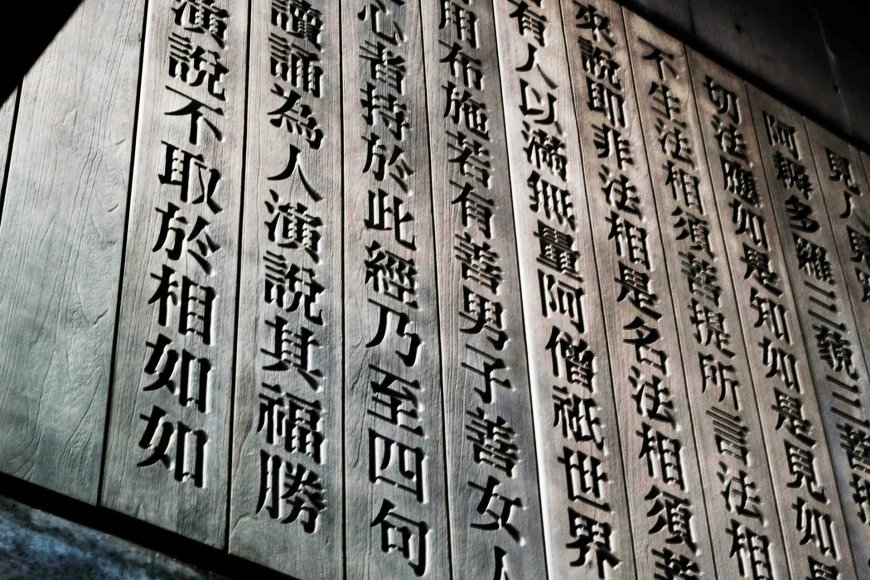
Tools of the Trade
The tools used in Shodo are collectively called the "Four Treasures of the Study": the brush (fude), ink stick (sumi), inkstone (suzuri), and paper (washi). Each tool is meticulously crafted to ensure the highest quality. The brush, often made from animal hair, varies in size and shape to produce different strokes. The ink stick, traditionally made from soot and animal glue, is ground on the inkstone with water to create liquid ink. Washi paper, known for its strength and durability, is used for its ability to absorb ink beautifully without bleeding.
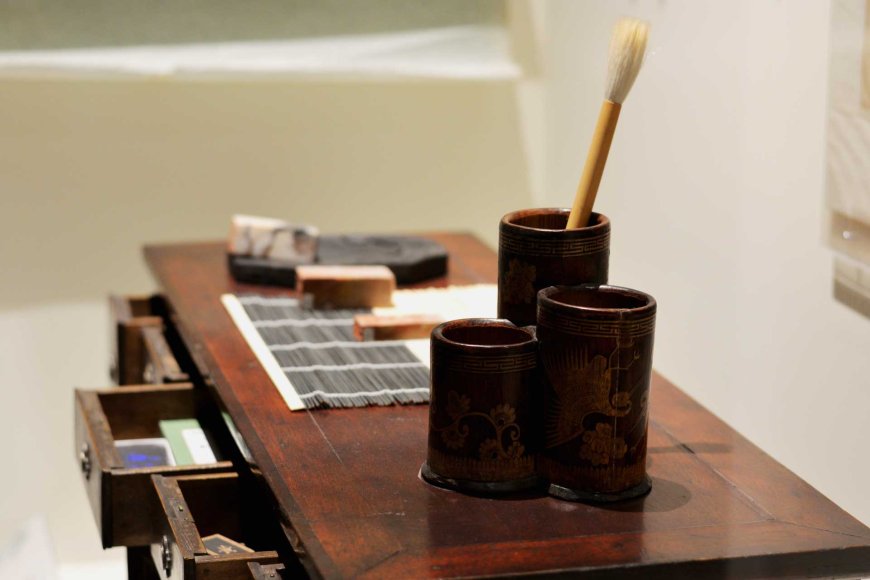
The Technique: A Dance of the Brush
Shodo requires a calm mind and steady hand. The process begins with grinding the ink stick on the inkstone, a meditative practice that prepares the mind. The brush is then dipped into the ink and held vertically. Each stroke is deliberate, with variations in pressure and speed creating different effects. The artist's breath and body movements are synchronized with the brush strokes, turning calligraphy into a performance art. This dance of the brush embodies the principles of harmony and balance, central to many aspects of Japanese culture.
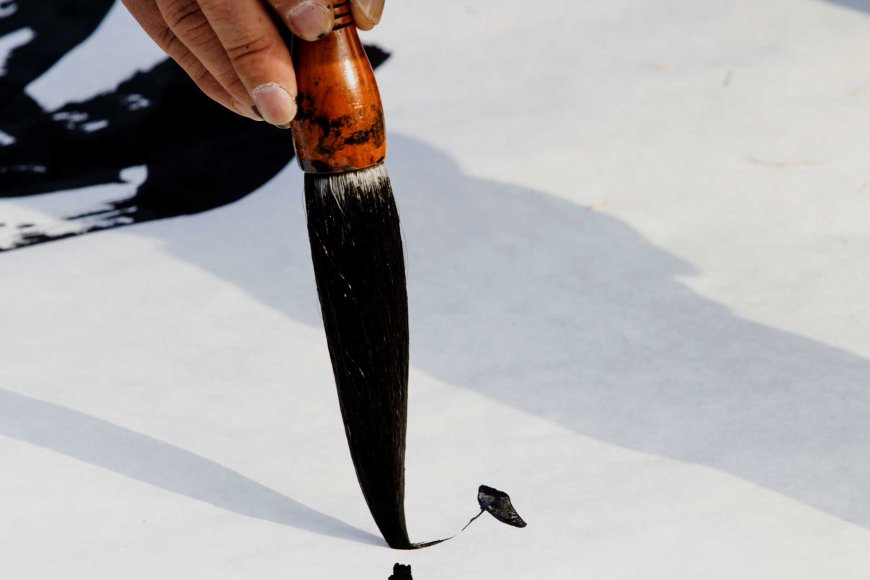
Styles of Japanese Calligraphy
There are several styles of Japanese calligraphy, each with its unique characteristics and uses. Kaisho (楷書), or "block script," is the most basic and formal style, featuring clear and distinct characters. Gyosho (行書), or "semi-cursive script," is more fluid, with strokes that are connected but still readable. Sosho (草書), or "cursive script," is the most free-flowing and abstract, often resembling a series of brush movements rather than distinct characters. Each style serves different purposes, from official documents to personal expression.
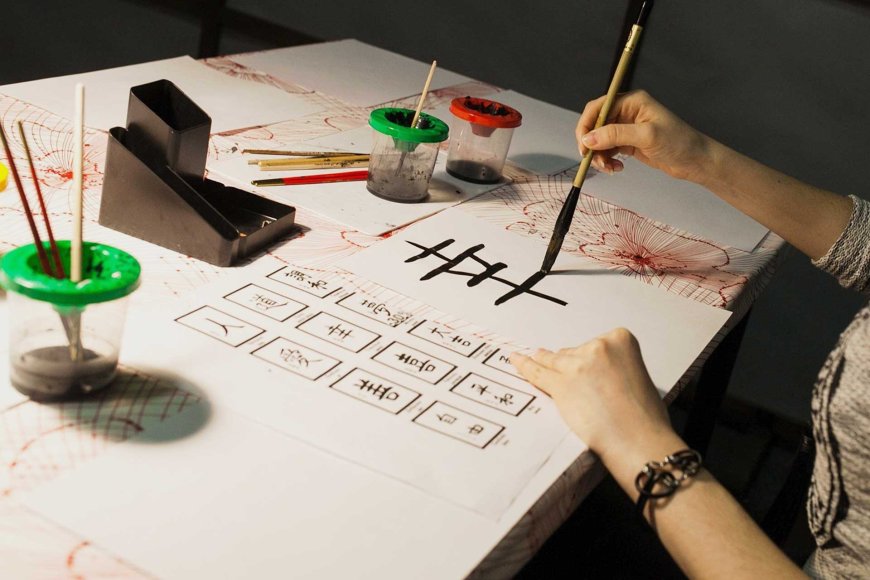
Beyond Words: The Spiritual Aspect
Shodo is not merely about writing characters; it is a spiritual and philosophical practice. It is often compared to Zen meditation, as both require a clear mind and focused concentration. The act of writing in Shodo is seen as a way to cultivate inner peace and mindfulness. The brush strokes are believed to reflect the artist's state of mind, making each piece of calligraphy a unique and personal expression. This connection to Zen Buddhism highlights the spiritual depth of Shodo, transcending its visual beauty.
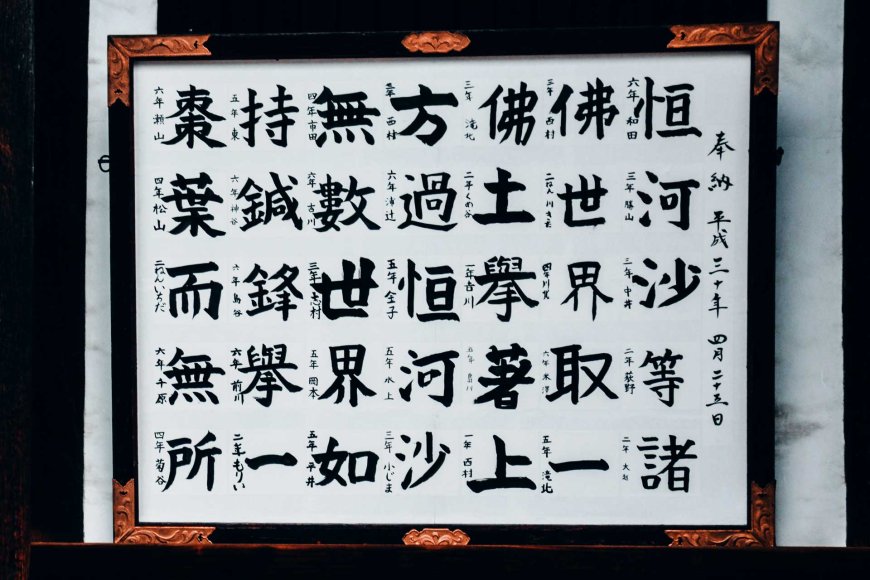
Calligraphy in Modern Japan
In contemporary Japan, Shodo remains a revered art form, taught in schools and practiced by hobbyists and professional artists alike. It is also used in various cultural and religious ceremonies, such as New Year's celebrations and tea ceremonies. Modern calligraphers experiment with traditional techniques, blending them with other art forms and incorporating new materials. This fusion of old and new keeps Shodo vibrant and relevant in today's world.
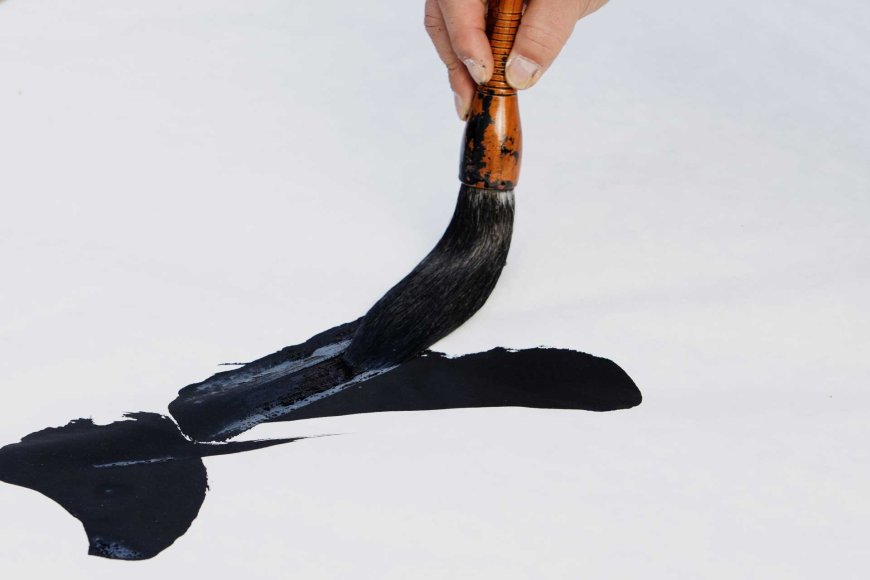
Cultural and Spiritual Significance
Japanese calligraphy, with its rich history and profound meaning, is more than just an art form. It is a window into the Japanese soul, where the beauty of each brush stroke conveys deep cultural and spiritual significance. Whether practiced as a form of meditation or appreciated for its aesthetic value, Shodo continues to inspire and captivate, a testament to the timeless allure of the written word.
Find Cheap Flight Tickets to any Destinations in Japan and the Philippines
Nipino.com is committed to providing you with accurate and genuine content. Let us know your opinion by clicking HERE.































































